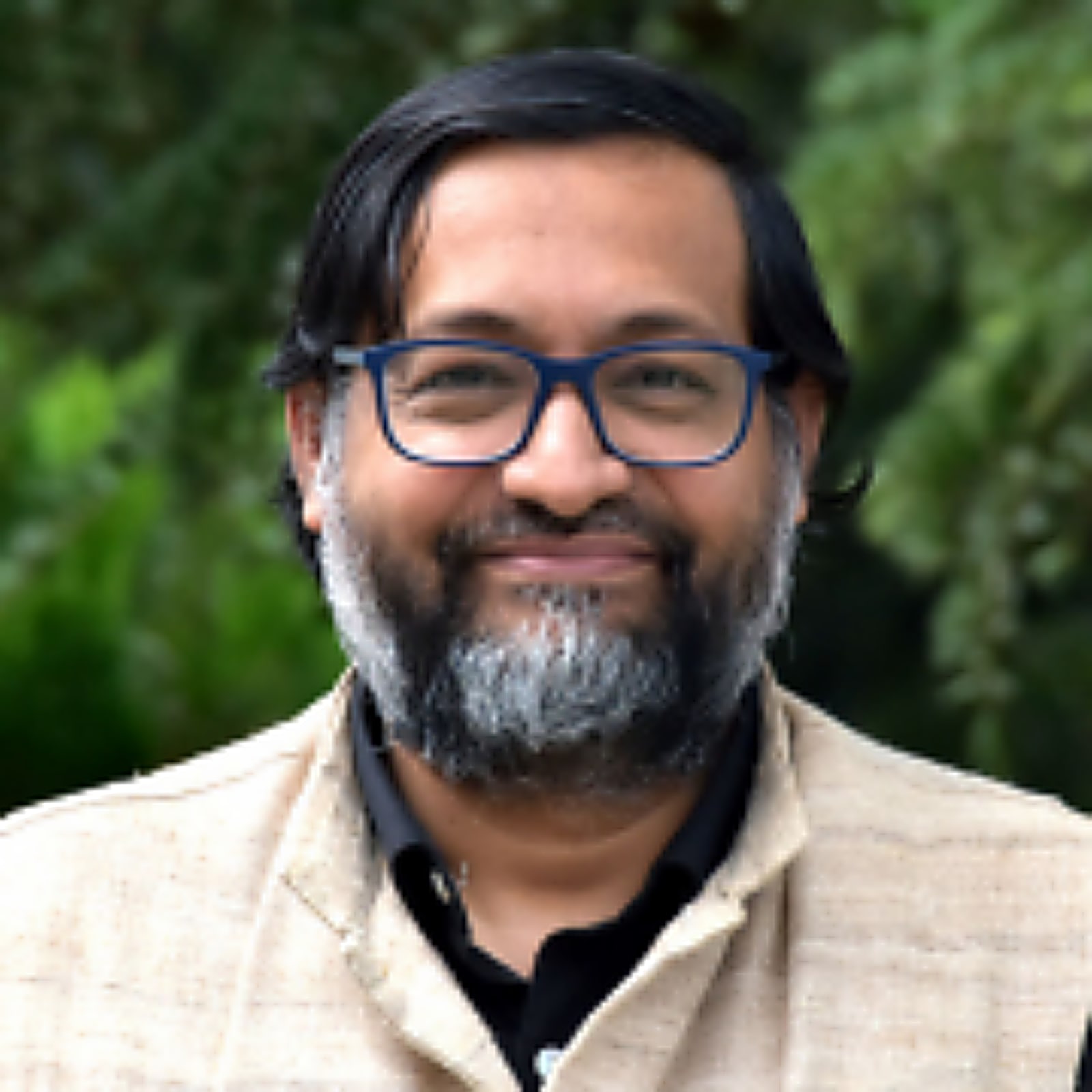‘Actual science observations may take another 3 months’: Science institute head as Aditya L-1 reaches final orbit
Professor Dipankar Banerjee, Director of the Aryabhata Research Institute of Observational Sciences (ARIES) in Nainital, speaks about the final stages as ISRO attempts to insert India’s solar mission Aditya L1 into the crucial halo orbit.
 Indian Space Missions in 2024: Here is an overview of some of the significant completed and upcoming space missions by ISRO.
Indian Space Missions in 2024: Here is an overview of some of the significant completed and upcoming space missions by ISRO.Aditya-L1, India’s first solar observatory, was successfully placed in the final orbit, its desired destination from where it will make observations of the Sun for the next five years.
Professor Dipankar Banerjee, Director of the Aryabhata Research Institute of Observational Sciences (ARIES), Nainital, speaks about the probe’s insertion into the halo orbit around L1. He was with the IUCAA, Pune, team involved in developing the Solar Ultraviolet Imaging Telescope (SUIT), one among the seven payloads onboard Aditya.
How critical is this final manoeuvre for Aditya L1?
Previously, a number of fine calculations and comparisons with simulations were performed to understand the optimum orbit dimension as this has to match with the actual process. Out in space, there are other parameters too, which could possibly divert the trajectory. This final manoeuvre and optimisation are crucial, else the fuel will be spent from time to time thereby reducing the mission life at the Lagrange point. Once it is inserted into the halo orbit, then it is stable and the individual gravity will balance it.
 Professor Dipankar Banerjee, Director of the Aryabhata Research Institute of Observational Sciences (ARIES), Nainital. (File)
Professor Dipankar Banerjee, Director of the Aryabhata Research Institute of Observational Sciences (ARIES), Nainital. (File)
How is a halo orbit different from the Low Earth Orbit, where satellites are commonly inserted?
It is entirely different. The Low Earth Orbit (LEO), located at altitude under 2,000 km, is much smaller in diameter. So, satellites and probes in the LEO are able to make several orbits around the Earth within a day.
The halo orbit is hundreds of thousands of kilometres larger in size and satellites moving in slow motion can typically take several months to complete one orbit. So, even if there are multiple missions at L1, they will not affect each other’s operations.
Another advantage of being at L1 is in obtaining uninterrupted Sun viewing for extended time periods.
Once Aditya L1 is inserted in the orbit, what next?
Seeing the stability of the satellite, a majority of the instruments onboard Aditya L1 have already started operations during the cruise phase, though not operational continuously. Some of the in-situ (on site) observations have remained turned on continuously and have been recording data. The X-ray payloads have monitored and captured the solar flares. All these are part of the pre-commissioning phase tests. After the insertion, one after another, there will be sequential turning on of the instruments. All the instruments will be checked for their health and calibrations performed. Since these instruments are highly complex, the commencement of actual science observations may take another three months or so.
How is the Aditya L1 mission different from other solar missions attempted before?
The combination of instruments onboard Aditya are going to be operational for the first time ever at L1. No similar instruments were present during previous missions. Aditya has unique and different instruments with better capabilities than the solar missions undertaken so far.
Aditya’s coronagraph has the ability to look very close at the Sun. It has an X-ray spectrometer. In addition, there are instruments capable of performing multi-slit spectroscopy, spectro-polarimetry and taking full-disc near ultraviolet images… All of these are new elements.
With Aditya L1, India now gets a dedicated mission to study the Sun. What efforts are on to strengthen the community of solar physicists in India?
In November last year, ARIES hosted a workshop ‘Beyond Aditya L1 – Exploring the future of Indian Solar Physics from Space’. The community in India has already started discussions about the next solar mission from India along with the possible instruments. There is consideration of missions to Lagrange point 5 or out of ecliptic orbit. There could be short and long-term missions. We would also like a small satellite, like X-ray Polarimeter Satellite (XPoSat).







